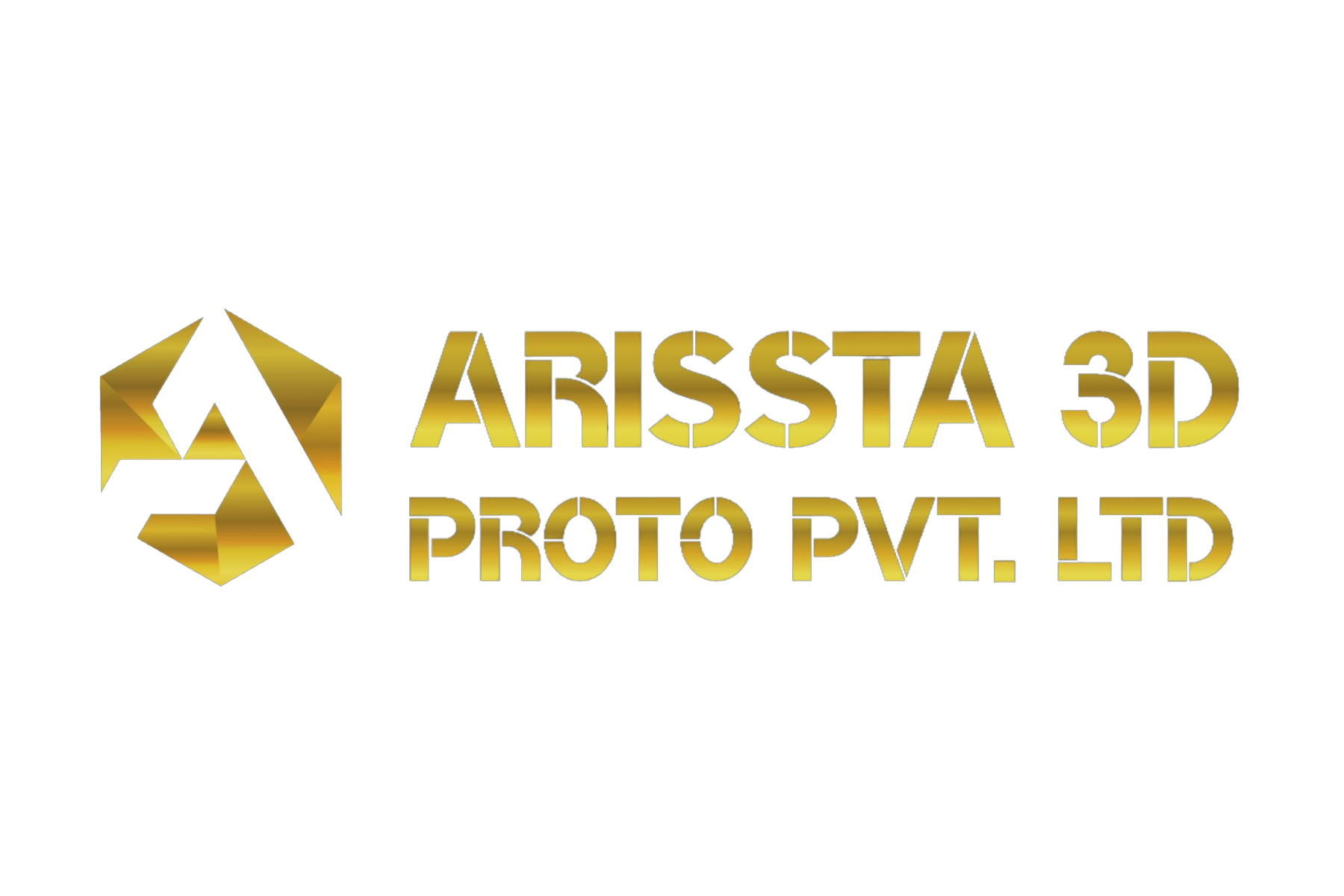WHAT IS ADDITIVE MANUFACTURING?
Additive manufacturing, popularly known as 3D printing, is the production process by which a 3D CAD model is converted into a physical object by joining material layer by layer. In this process, no special tools like a cutting tool or moulds are required as the part is directly manufactured or printed onto a print bed. Additive manufacturing is used for rapid manufacturing, rapid prototyping, and rapid tooling where a master is made via 3D printing. It is primarily used for building physical models, prototypes, patterns, tooling components, and production parts in plastics, metals, glass, ceramics, composites, and biomaterials. By opting for Additive Manufacturing, companies can streamline and expedite the product development process, and use it as a product visualisation tool helping them fine-tune every aspect of the design before putting it out into the market.
APPLICATIONS:
Additive manufacturing is used to make show or concept models, production parts, spare parts, rapid prototyping of a product, rapid manufacturing, and rapid tooling.

AM PROCESSES
There are various processes in additive manufacturing where parts are manufactured in a layer by layer fashion and the material is either jetted, extruded, photo-cured, laminated, or fused using filaments, powders, liquids, pastes, powders or sheets.
SLA
In SLA, an object is created by selectively curing a polymer resin layer-by-layer using an ultraviolet (UV) laser beam.
sLS
Selective Laser Sintering (SLS) is an Additive Manufacturing process that belongs to the Powder Bed Fusion family.
FDM
Fused Deposition Modeling (FDM), or Fused Filament Fabrication (FFF), is an additive manufacturing process
Need Consulting? Contact Us Now!
Ut enim ad minima veniam, quis nostrum exercitationem ullam corporis suscipit laboriosam, nisi ut aliquid ex ea commodi consequatur
